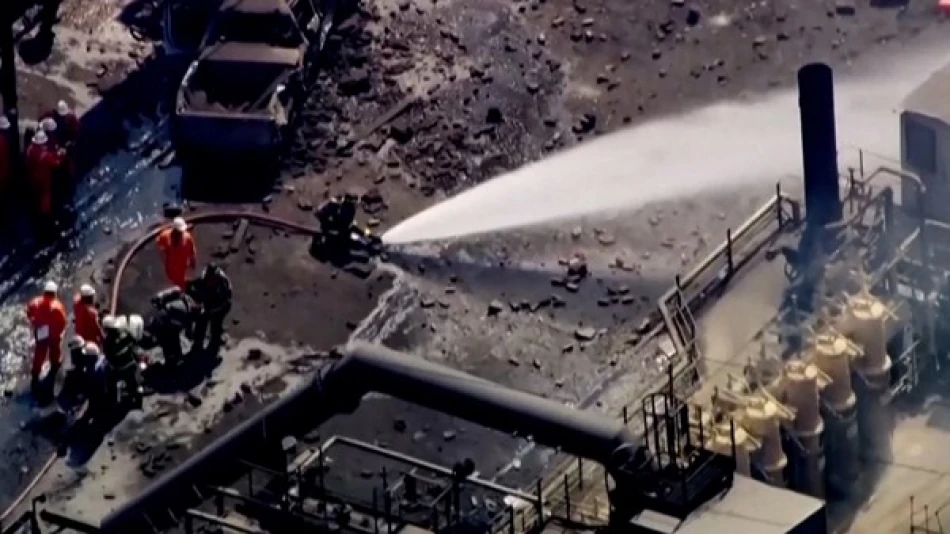
Dozens Injured in Pennsylvania Coal Plant Explosion: Urgent Safety Concerns Raised
Major Industrial Explosion Rocks America's Largest Coal Plant, Exposing Safety Crisis in Aging Infrastructure
A devastating explosion at the Clairton Coke Works in Pennsylvania—America's largest coal production facility—has injured dozens and left at least one person missing, highlighting critical safety vulnerabilities in the nation's aging industrial infrastructure. The blast at the US Steel-owned plant, located just 25 kilometers from Pittsburgh, has reignited debates over workplace safety standards in heavy industry and the risks associated with coal processing operations.
The Incident: Scale and Immediate Impact
Pennsylvania Governor Josh Shapiro confirmed the Monday morning explosion via social media, while Senator John Fetterman, who traveled to the scene, reported that search and rescue operations were actively underway. Mayor Richard Latanzi described the casualty count as significant, with social media footage showing firefighters battling intense flames amid thick white smoke clouds emanating from the damaged industrial complex.
The facility's location along the Monongahela River adds environmental concerns to the immediate safety crisis, as emergency responders work to contain potential water contamination from industrial runoff.
Industrial Safety Under Scrutiny
A Pattern of Risk in Coal Processing
Coal processing facilities like Clairton face inherent explosion risks due to the volatile nature of coke production, which involves heating coal to extreme temperatures in oxygen-starved environments. The process creates highly flammable gases that, when mixed with air, can trigger devastating explosions with minimal warning.
This incident echoes similar industrial disasters across America's Rust Belt, where aging infrastructure and cost-cutting measures have often preceded major accidents. The 2005 BP Texas City refinery explosion and the 2019 Philadelphia Energy Solutions blast serve as stark reminders of what happens when safety protocols fail in heavy industry.
Regulatory Implications
The Occupational Safety and Health Administration (OSHA) will likely launch a comprehensive investigation, potentially leading to stricter safety requirements for coal processing facilities nationwide. US Steel's response—or lack thereof—could influence regulatory attitudes toward corporate accountability in industrial accidents.
Economic and Market Ramifications
As America's largest coal production facility, Clairton's disruption will likely create immediate supply chain impacts for steel production and related industries. US Steel's stock performance and insurance liabilities will depend heavily on the investigation's findings and the company's demonstrated commitment to safety improvements.
The incident also underscores the broader challenge facing traditional heavy industry: balancing operational costs with necessary infrastructure upgrades in an increasingly competitive global market.
Beyond the Immediate Crisis
This explosion represents more than an isolated industrial accident—it symbolizes America's struggle with aging industrial infrastructure and the human cost of deferred maintenance. As rescue operations continue and investigations begin, the incident will likely catalyze broader discussions about industrial safety standards, corporate responsibility, and the true cost of America's industrial legacy.
The coming weeks will reveal whether this tragedy becomes a catalyst for meaningful safety reforms or merely another statistic in America's industrial accident record.
Most Viewed News

 Layla Al Mansoori
Layla Al Mansoori






